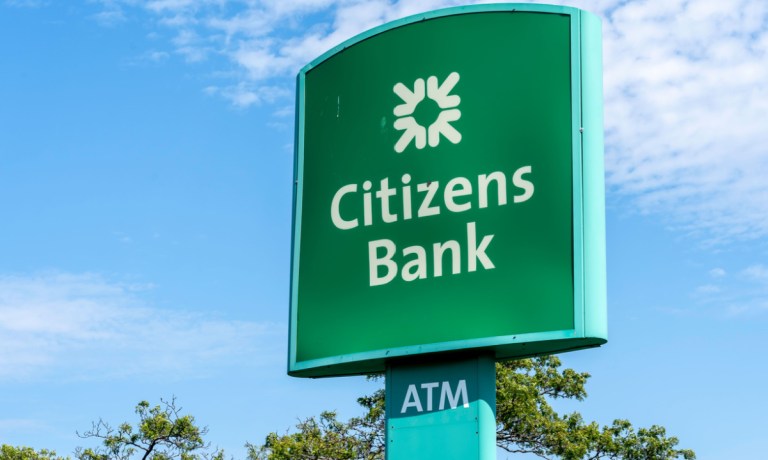Regional Banks Try to Smooth ‘Scar Tissue’ of SVB Collapse

America’s regional lenders say they’re emerging from the shadow of Silicon Valley Bank.
That bank’s collapse last year sent shockwaves through the industry, but now, executives at mid-sized banks told the Financial Times (FT) Monday (Jan. 29), the pressure to keep depositors from leaving has begun to lessen.
Competition for deposits is still “robust,” Fifth Third Bank CEO Tim Spence told the FT, though banks no longer need to offer terms that are as generous as they were.
“You still have to be competitive,” Spence said. “I just think you’re not fighting irrationality the way maybe we would have been before.”
And Bruce Van Saun, CEO of Citizens Financial, said pressure on deposit costs had been slowing each quarter since the end of June.
“You’re starting to see those pressures abate somewhat,” Van Saun said.
According to the FT, investors had expected things to get better. Stocks in regional banks have gone up by a third in the last three months, even though they haven’t gotten back to their pre-Silicon Valley Bank (SVB) collapse levels.
Investors are “still not all in on the banks,” said RBC banking analyst Gerard Cassidy. “It’s because of the scar tissue that’s still around from March of last year.”
Making matters worse is the fact that profits at regional banks continue to slide, the report said, with Citizens down around 70% in the fourth quarter. The FT notes that the drop in profit comes in part from the Federal Deposit Insurance Corporation’s (FDIC) one-time charge on many U.S. banks in order to cover the losses from last year’s collapses.
(This issue is not confined to regional banks. Citigroup, one of the largest banks in the country, reported a $1.8 billion net loss earlier this month stemming in part from the FDIC charge.)
SVB was shuttered in March of last year after a run on its deposits, leading to one of the largest bank failures in U.S. history. Days later, regulators also closed down Signature Bank, citing “systemic risk.”
Fallout from the collapses still has regulators working to install fixes into the system. For example, last week saw reports that the Financial Stability Board was looking into the influence of social media in accelerating bank deposit outflows, as the run on SVB was caused in part by posts on platforms like Twitter (now X).

